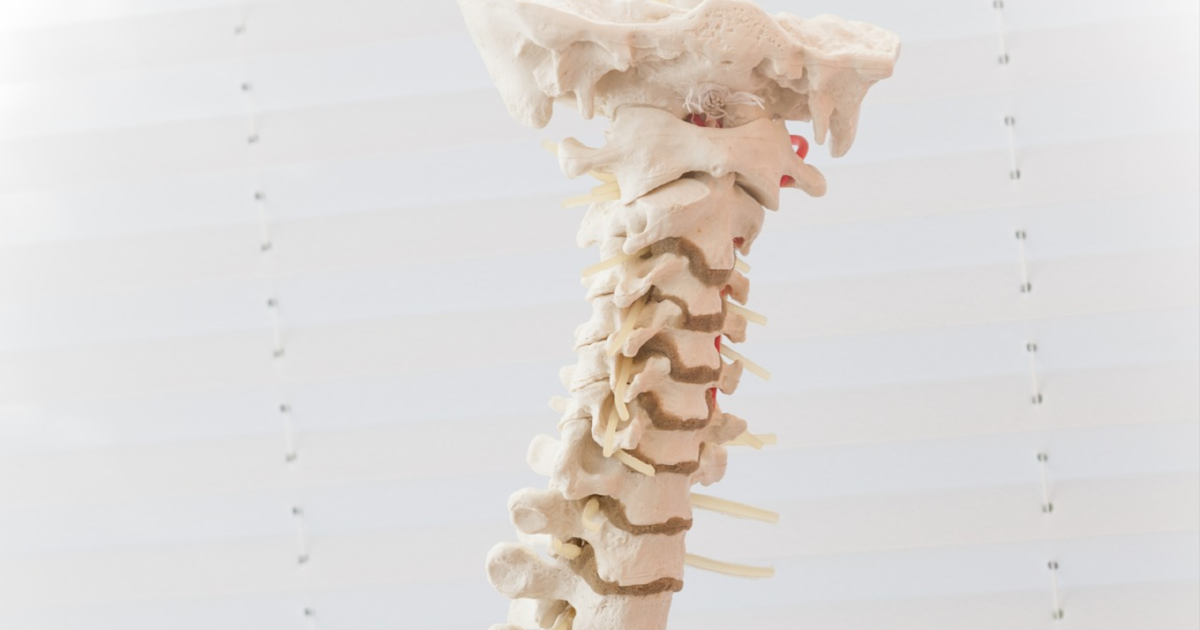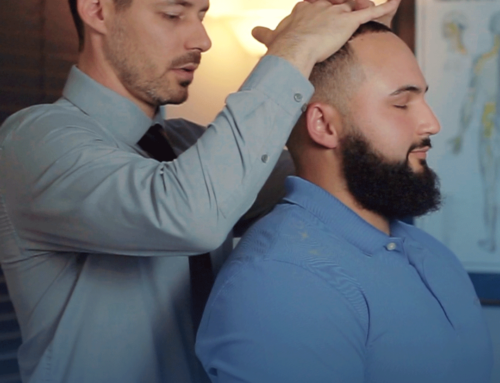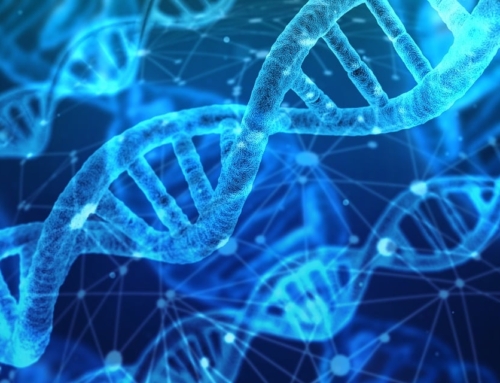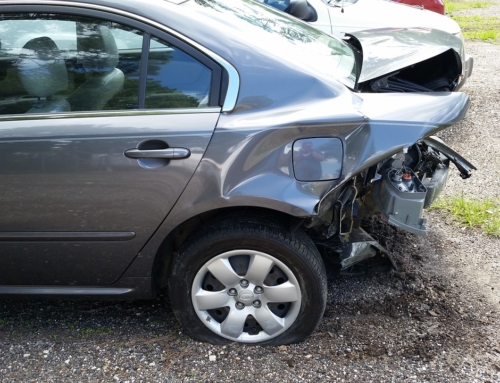Spinal stenosis occurs when the spaces between the spinal bones are narrowed and compressed, putting pressure on the spinal cord and surrounding nerves. When the spinal bones press together, the nerve’s signal transmission is compromised, causing neurological impairment that may cause pain and numbness in the neck, back or legs, as well as issues with stability and, in extreme cases, impaired mobility.
What Causes Spinal Stenosis?
A narrow spinal canal can be congenital, but various other factors most often cause the condition. These may include the following:
Spinal injuries: Trauma caused by auto accidents or falls can result in a dislocation of the bones of the spine and inflammation of the surrounding tissues. This type of injury may also occur after back surgery.
Stiff ligaments: Each of the bones along the spinal cord are joined to other bones by tough tissues. When these tissues thicken and bulge, it can result in spinal stenosis.
Bone overgrowth: Medical issues such as osteoarthritis cause wear and tear on the spinal bones, resulting in spinal spurs and spinal stenosis.
Herniated discs (caused by age or trauma): The soft cushion shock absorber between the spinal discs eventually flattens out as we age. The bones press together and create bone spurs and disc herniation. This condition may also be caused by strain or trauma to the spine.
Possible Treatments
Chiropractic care seeks to heal the underlying cause of any chronic condition. It is a wellness approach that focuses on healing through the manipulation of the spine.
Chiropractic methods are especially effective for treating spinal stenosis because they re-align dislocated discs, reducing pressure on the spinal cord and nerve networks. Chiropractors may utilize massage to treat pain and minimize inflammation. Personalized exercise plans can also help develop physical strength, flexibility, and spinal support.
Medication: While spinal stenosis can be treated with over-the-counter or prescription-based painkillers, these drugs do not address the root cause of the problem – they simply mask symptoms. Pain is only one of the symptoms of spinal stenosis, and alleviating pain with drugs will still leave you with loss of balance, muscle weakness, numbness, and impaired mobility. These concerns require a more holistic and comprehensive treatment approach.
Medications, especially painkillers, and opioids that are often prescribed for chronic pain, have potentially harmful side effects, including possible addiction.
Surgery: Any surgery includes inherent risks – and while it may be necessary for some situations, chiropractic care often provides a safe and effective alternative to major surgery. Chiropractic care is preferred for spinal stenosis because it is non-invasive, requires less recovery time, and costs much less than surgical alternatives.
The Role of Exercise in Alleviating Spinal Stenosis
Exercise strengthens back muscles and decreases inflammation by increasing blood flow and circulation. Rehabilitation can also improve flexibility and loosen the stiff muscles that aggravate spinal stenosis. A chiropractor will help to develop an exercise routine to address back pain and mobility issues by fixing the position of your spine and decompressing spinal nerves. Typical exercises include lumbar extensions, lumbar flexion, and pelvic tilts.
If you are living with spinal stenosis, call Dr. Ryan Johnson of Integrated Chiropractic. He will provide an assessment of your situation and recommend a care plan that will address the root cause of your injury without the need for drugs or surgery.




